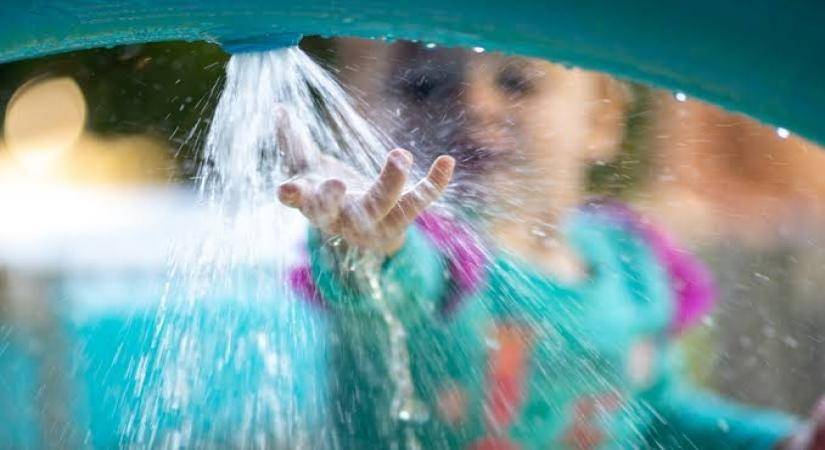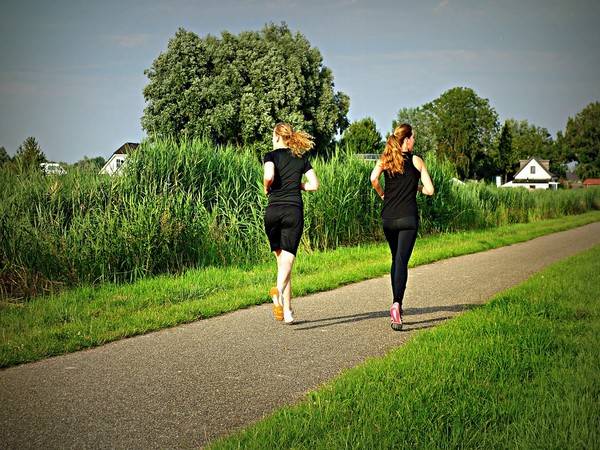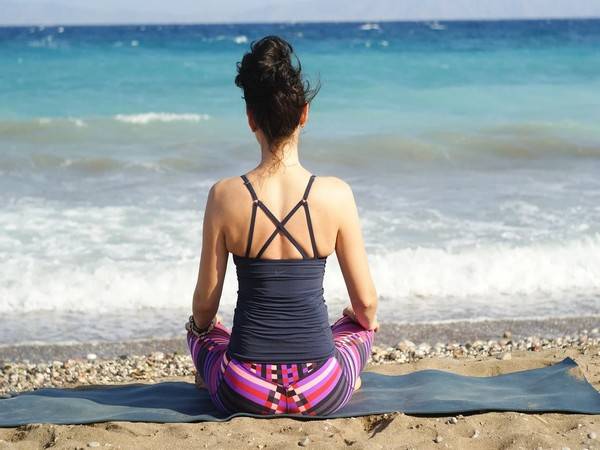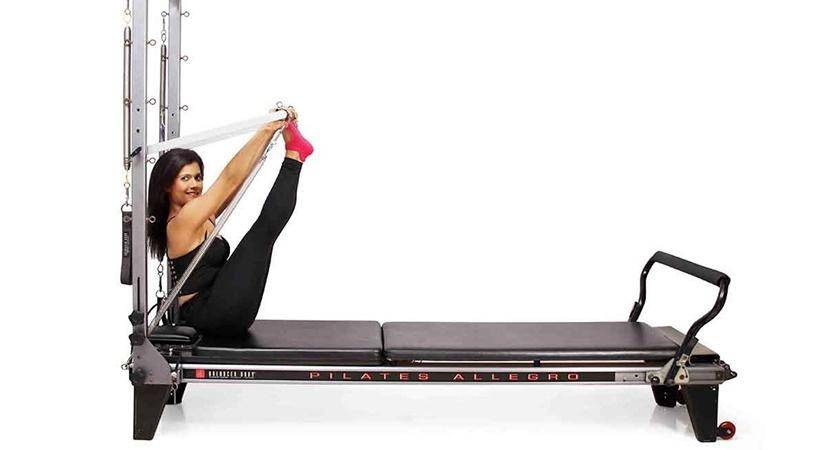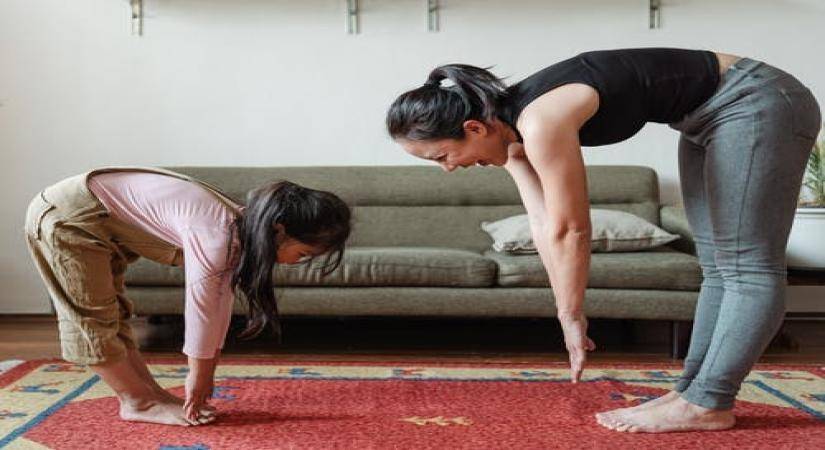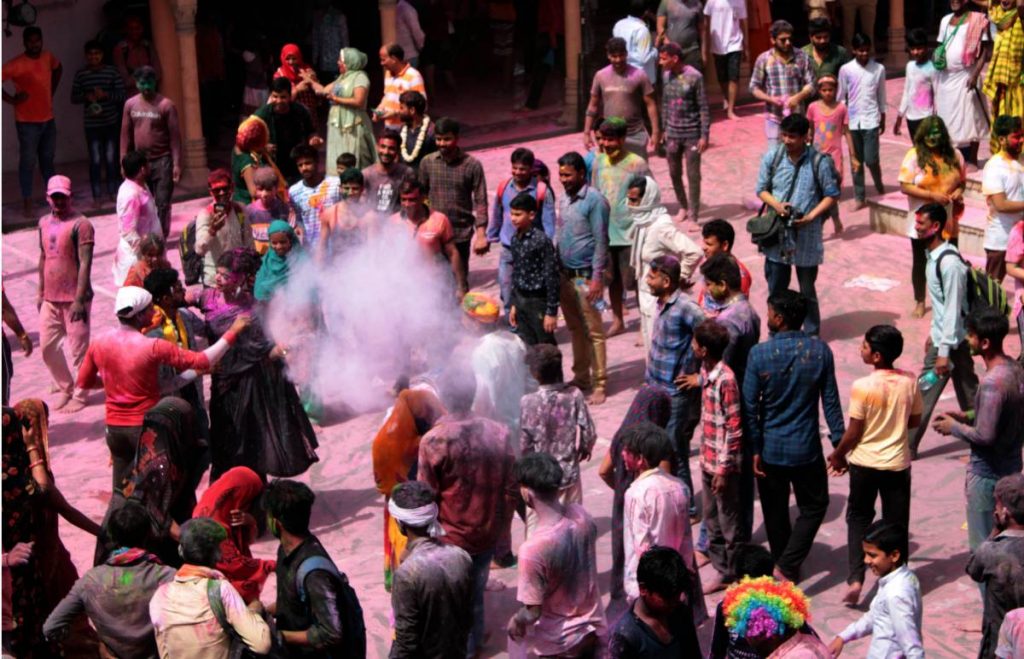Probably the most important summer tip — more so for Indians baking under the tropical sun. Apply sunscreen early, and often, especially if the children spend time outdoors…writes Siddhi Jain.
Proper caring for kids is a tough task for parents in all seasons. It’s Summertime and temperatures are already soaring close to 40 degrees Celsius. The sun is scorching and humidity is hitting us in the face like a sauna.
Schools are off and while in addition to lockdowns, many children are home because of summer vacations and online classes, but parents still need to ensure protection of little ones from ill effects of the season. Follow these simple tips by Manoj Jain, Director, Scram.in to navigate through these sticky weeks like a pro and keep your children safe and comfortable this summer.
Stick to shade for the tiny tots
Keep newborns, especially those under six months, out of direct and indirect sunlight. Young infants have not developed sweat glands, meaning they have no natural way off cooling off. Add in the fact children’s body temperatures can rise up to five times faster than adults, and babies have no way to tell you they’re uncomfortable! The perfect way to prevent heatstroke is by keeping them in the shade – under a tree or an umbrella – even when outdoors.

Make hats mandatory
A lightweight wide brimmed hat is perfect to keep your little ones cooler when they’re playing outdoors. It not only blocks out the brightness, they protect otherwise exposed hair, eyes, face, ears and neck from sun damage and harmful UV rays.
Cover up in comfort clothing
Stick to natural cotton outfits for your precocious tots this season. They’ll likely be sweating buckets while running around causing mayhem, and loose, light clothing not only allows their skin to breathe, but also absorbs moisture from the skin, preventing pesky itchy heat rashes.

Hydrate! Hydrate! Hydrate!
Keep their water bottles filled and handy at all times. Not only does drinking water often replenish lost fluids due to excessive sweating, taking a few gulps every now and then makes them feel instantly cooler even from the inside.
Slather on the SPF
Probably the most important summer tip — more so for Indians baking under the tropical sun. Apply sunscreen early, and often, especially if the children spend time outdoors. Sunscreen protects your little ones’ delicate skin from the harmful (and sometimes cancer-causing) ultra-violet rays of the sun. Go for a brand that offers a minimum sun protection factor (SPF) of 30, contains zinc oxide or titanium dioxide, has broad-spectrum coverage (against UVA and UVB rays), and is water-resistant. Make sure to lotion them up at least 30 minutes before sun exposure, and don’t forget to top it up every few hours, as a sunscreen’s SPF is only fully effective for up to two hours after you put it on.

Keep a close eye
Lastly, remember to always lookout for signs of heat illness. No matter our best efforts, sometimes life and kids can get the better of us. So pay attention to these tell-tale warnings that can signal an oncoming problem. Signs of heat exhaustion in children may include elevated body temperature; cool, clammy skin; goosebumps; fainting, dizziness or weakness; headache; increased sweating; increased thirst; irritability; muscle cramps; and nausea and/or vomiting.
If your notice any of the above, it’s best to immediately bring your child into the shade, cool them off with wet towels or sponges, and encourage them to drink fluids with electrolytes. Don’t hesitate to call your doctor when in doubt!
ALSO READ-‘Vaccine for kids next big ethical debate’
READ MORE-Pandemic Stress On Kids?

